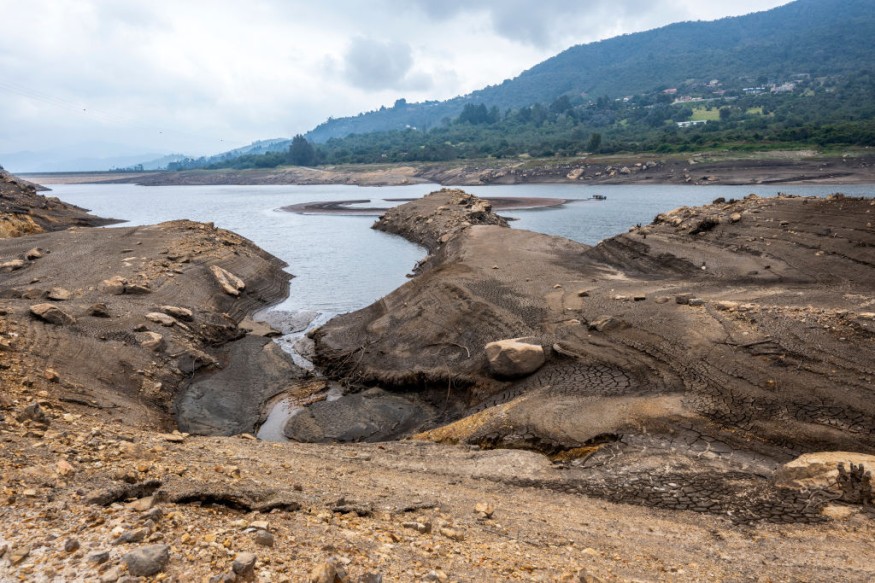Colombia: Bogota Releases New Water Consumption Measures Amid Droughts

Bogota, Colombia's sprawling capital, is grappling with a severe water crisis exacerbated by a prolonged drought linked to the El Nino weather pattern.
Mayor Carlos Fernando Galan recently unveiled stringent measures to curb Bogota water consumption in the city of eight million residents.
Galan declared that households exceeding 22 cubic meters of water per month would face additional charges, AP News reports.
Moreover, fines up to $300 would be imposed on individuals caught wasting water, such as washing cars on the streets.
Notably, city buses, typically washed daily, will now undergo cleaning only once a week, with interior sanitization remaining a daily necessity for public health.
While Bogota typically enjoys abundant water resources owing to its location amid the Andes Mountains, several months of scant rainfall, driven by the El Nino phenomenon, have strained the city's reservoirs.
The Chingaza Reservoir System, Bogota's primary water source, is currently at a mere 15% capacity, a historic low.
Experts warn that without rainfall replenishment, the reservoirs could run dry within two months.
Coping with Water Rationing
The onset of Bogota water consumption measures has prompted a mix of concern and humor among Bogota's populace.
Social media platforms are abuzz with memes, reflecting both the gravity of the situation and the resilience of the community, CNN noted.
Residents now face a rotation-based system, with each neighborhood enduring 24-hour water cutoff every ten days.
Approximately 9 million people will be impacted by the Bogota water consumption measures, though provisions have been made to ensure continuous water supply to essential facilities like schools and hospitals.
As reservoirs plummet to historic lows, Bogota, Columbia's authorities stress the urgency of conserving every drop of water.
Mayor Galan emphasizes the need for sustained behavioral changes to secure water access for all residents.
The Chuza and San Rafael reservoirs, vital components of the Chingaza System, are particularly vulnerable, with levels hovering at unprecedented lows.
Addressing Root Causes and Long-Term Solutions
Colombia President Gustavo Petro has pledged substantial reforms to safeguard water resources over the coming decades.
Warning against unchecked urbanization and exploitation of natural aquifers, Petro advocates for sustainable practices in agriculture and construction, according to Firstpost.
The government has also issued natural disaster decrees to address the multifaceted challenges posed by El Nino, including wildfires and water stress.
Bogota's plight is emblematic of broader environmental concerns gripping Latin America. Climate change, coupled with rapid urbanization, places immense strain on water resources across the region.
Similar water crises have beset cities like Mexico City and Montevideo, highlighting the urgent need for coordinated action and adaptive strategies in the face of evolving climatic patterns.
Bogota's implementation of water rationing measures underscores the critical need for proactive responses to environmental challenges.
As the city confronts the realities of a changing climate, concerted efforts to conserve water and foster sustainable practices are imperative to safeguarding the well-being of its residents and ecosystems alike.
This article is owned by Latin Post.
Written by: Ross Key
WATCH: Colombia drought: Bogota implements water rationing as reservoirs dwindle - From Al Jazeera English
Subscribe to Latin Post!
Sign up for our free newsletter for the Latest coverage!

















